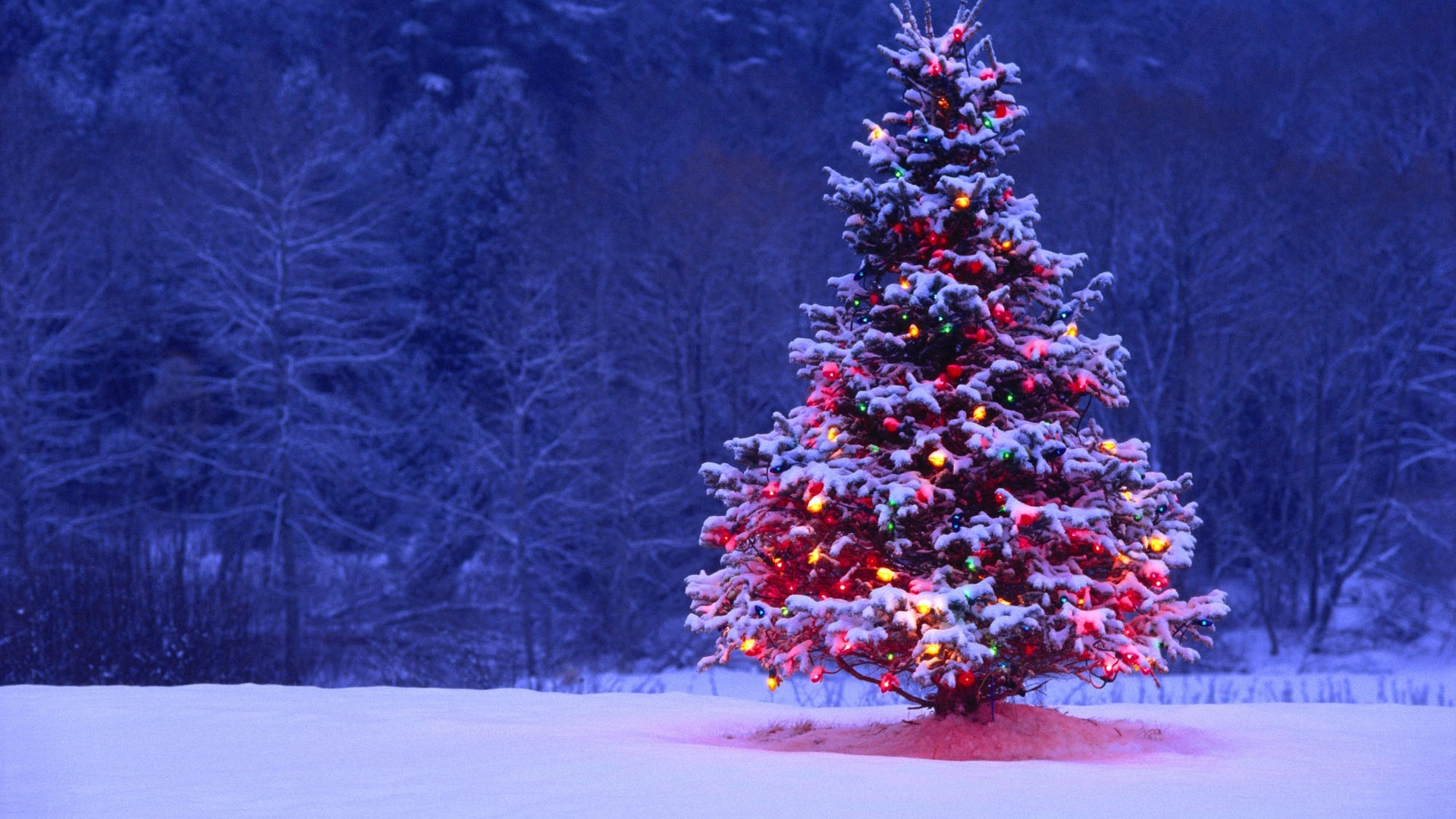The Evergreen Debate: Real vs Artificial Christmas Trees

For many, setting up the Christmas tree is the true start of the holiday season. But when it comes to choosing the centerpiece of your festive décor, the age-old debate remains: real or artificial? While both types of Christmas Trees have their loyal fans, deciding which is right for your home involves considering style, convenience, sustainability, and even scent.
Let’s take a closer look at the pros and cons of each — so you can make the best choice for your holiday traditions.
Real Christmas Trees: Nature’s Beauty Indoors
There’s something nostalgic about walking through rows of real Christmas Trees, hunting for that perfect shape and size. The fresh, piney scent that fills your home is a hallmark of the season.
Pros:
-
Authentic Holiday Feel: The smell and look of a real tree create an unbeatable holiday atmosphere.
-
Variety: From Douglas Fir to Fraser Fir to Blue Spruce, each type offers different needle shapes, scents, and fullness.
-
Biodegradable: Real trees can be composted or turned into mulch after the holidays, making them eco-friendly when disposed of correctly.
-
Supports Local Farmers: Buying locally-sourced trees can support small tree farms in your region.
Cons:
-
Limited Lifespan: Real Christmas Trees last only about 4–6 weeks with proper watering.
-
Maintenance Required: You’ll need to water the tree regularly and clean up falling needles.
-
Disposal: After the season, you'll need to haul it away or find a recycling service.
Artificial Christmas Trees: The Practical Choice
Artificial Christmas Trees have grown increasingly popular for good reason. They’re available in a wide range of shapes, colors, and sizes, and some come pre-lit or pre-decorated for ultimate convenience.
Pros:
-
Reusable: One-time investment that lasts for many years.
-
No Mess: No needles, no watering, no sap.
-
Customizable Styles: Available in green, white, silver, flocked, and even pink or black for modern aesthetics.
-
Easy Setup: Many artificial Christmas Trees feature hinged branches and built-in lights for easy assembly.
Cons:
-
No Natural Scent: You’ll miss out on the iconic Christmas tree aroma — unless you buy scented ornaments or sprays.
-
Storage Required: You’ll need space to store the tree during the off-season.
-
Environmental Impact: Though reusable, artificial trees are made from plastic and metal. Over time, they may contribute to landfill waste unless recycled properly.
Factors to Consider When Choosing
Still not sure which type of Christmas Tree is best for your home? Ask yourself:
-
How much time do I want to spend setting up?
If you want minimal hassle, an artificial pre-lit tree wins. -
Do I value tradition or convenience more?
Real trees offer a nostalgic experience, while artificial ones offer consistency. -
What’s my budget?
Real trees are cheaper upfront, but artificial ones are more economical long-term. -
Is storage an issue?
Artificial trees require space; real trees don’t. -
Do I want a specific color or look?
Artificial trees allow for more design flexibility.
The Hybrid Option: Best of Both Worlds
Some families opt for both — a small real tree in one part of the home and an artificial tree in another. This allows for the aroma and tradition of a real tree, with the convenience and visual appeal of an artificial one.
Conclusion
When it comes to choosing the perfect centerpiece for your holiday celebration, there’s no one-size-fits-all answer. Whether you go for a fragrant, real tree or a sleek, artificial one, the most important thing is that your Christmas Tree brings joy, warmth, and togetherness to your home.
In the end, it’s not about the tree itself — it’s about the memories you create around it.
- Vibnix Blog
- Politics
- News
- Liberia News
- Entertainment
- Technology
- Образование
- Art
- Causes
- Crafts
- Dance
- Drinks
- Film
- Fitness
- Food
- Игры
- Gardening
- Health
- Главная
- Literature
- Music
- Networking
- Другое
- Party
- Religion
- Shopping
- Sports
- Theater
- Wellness



